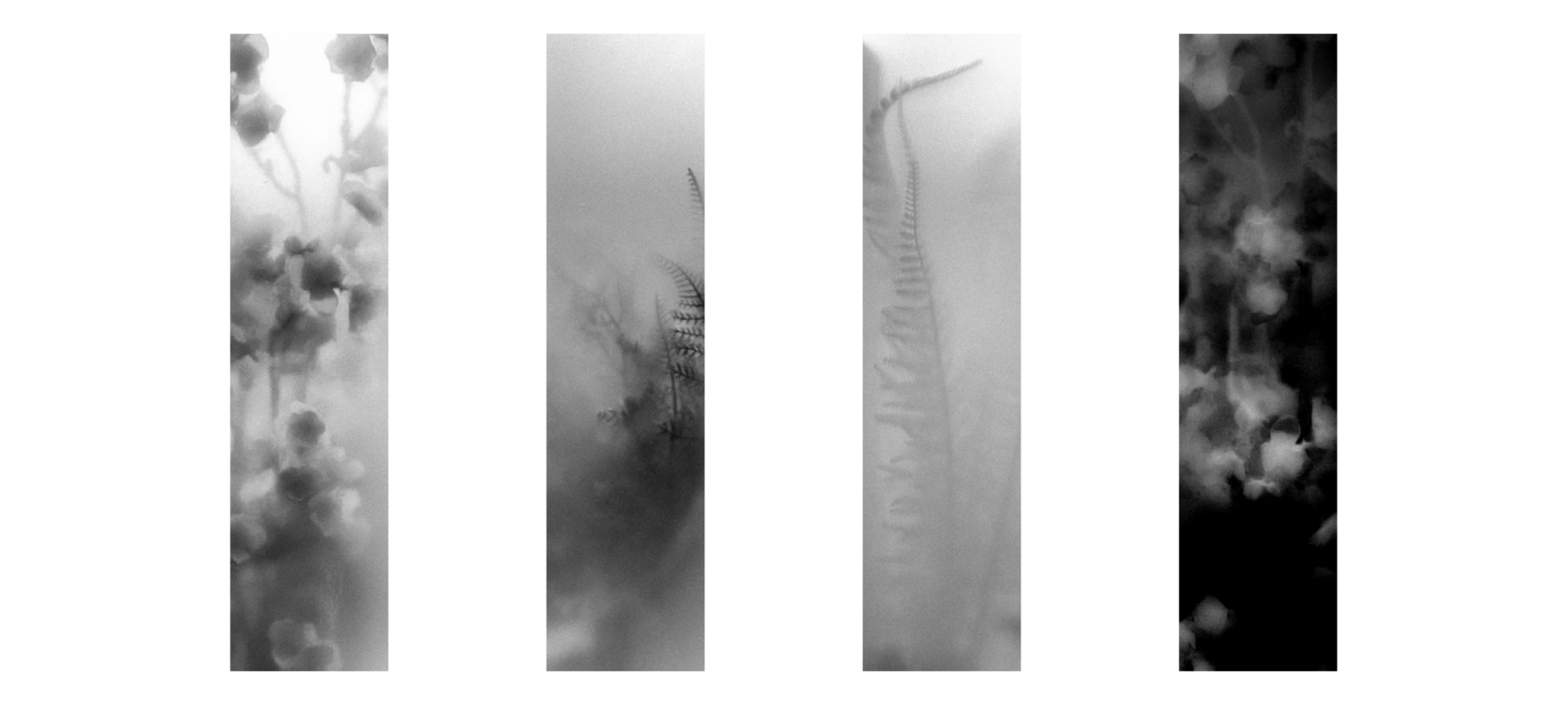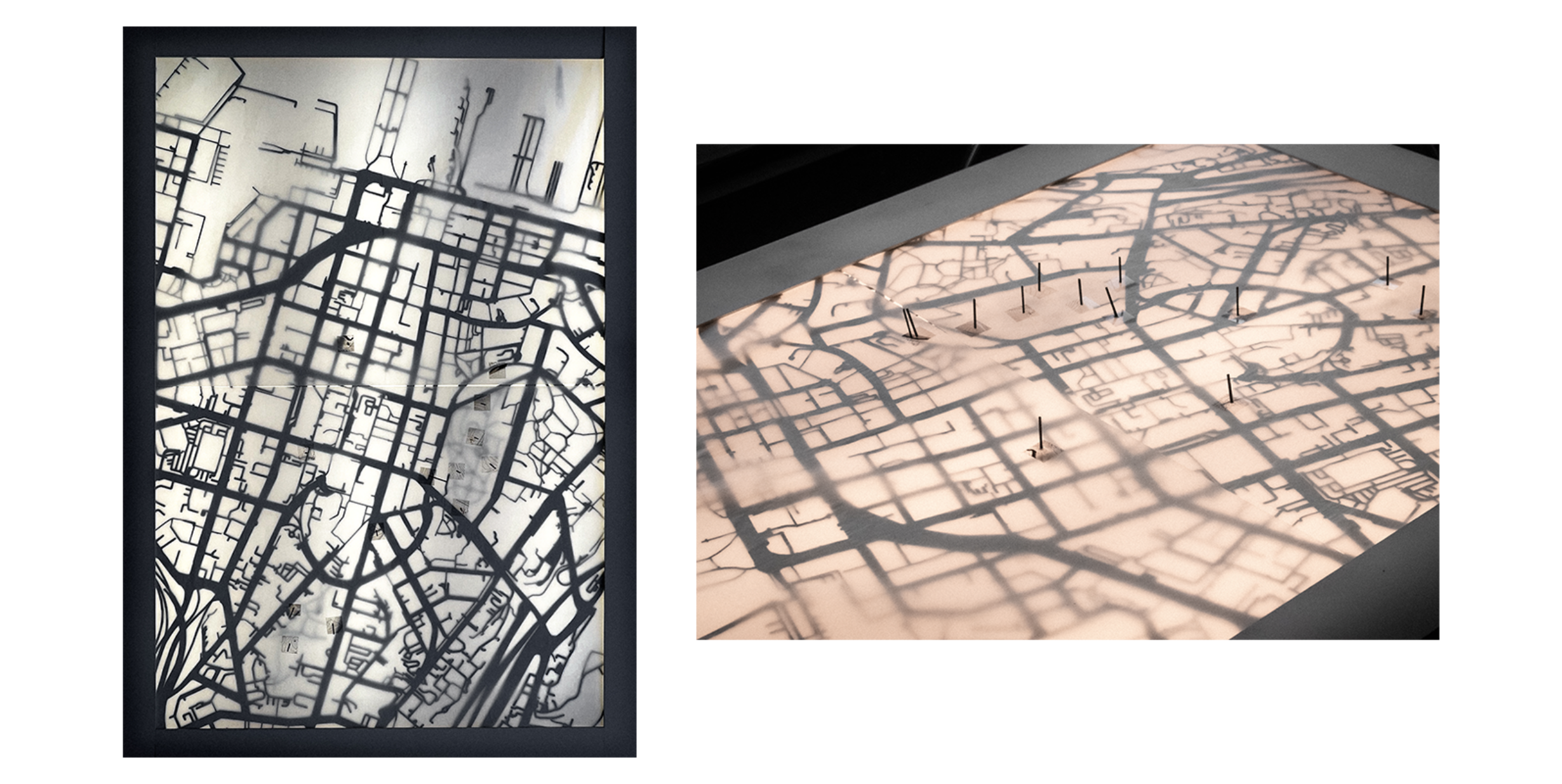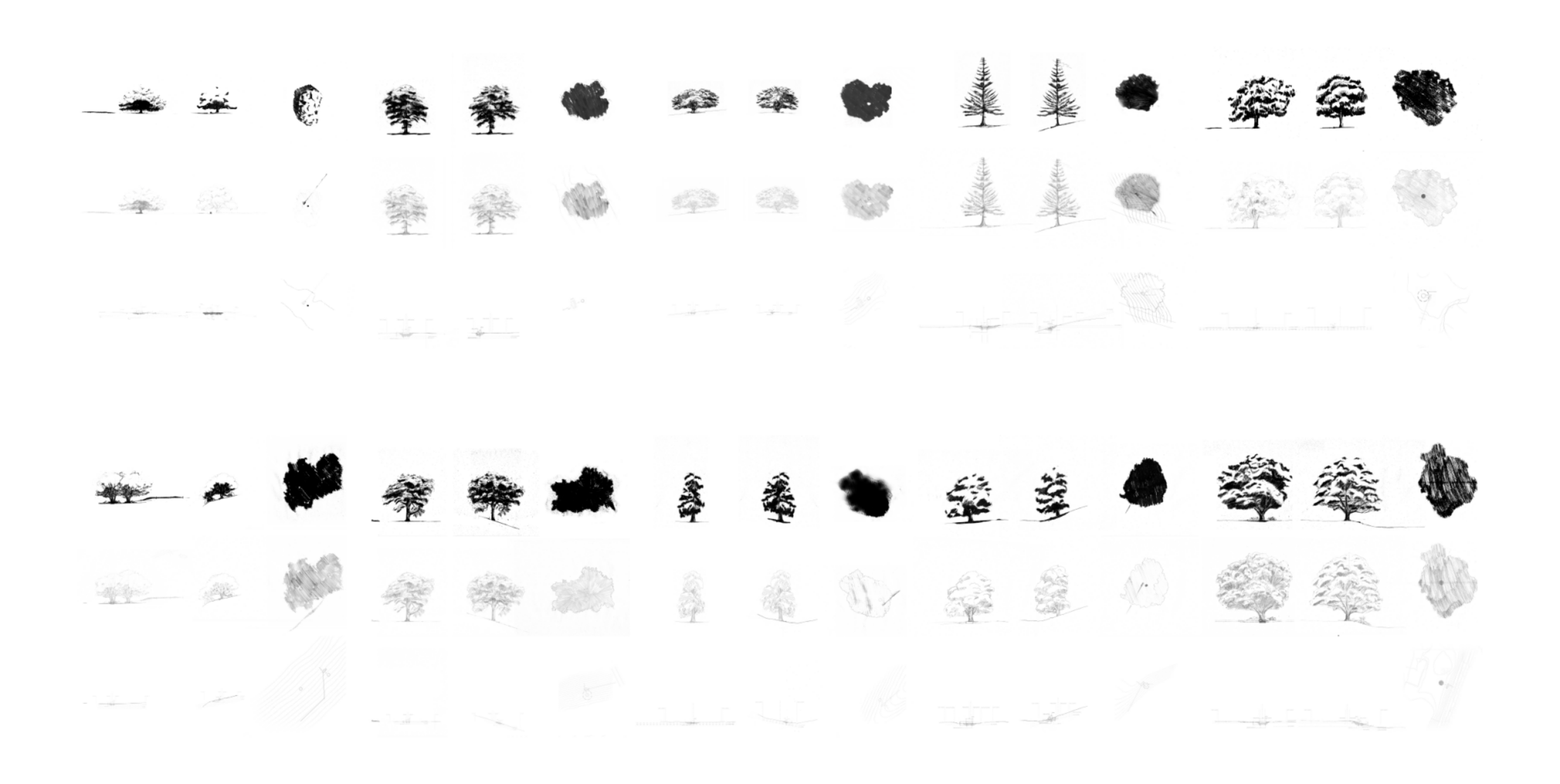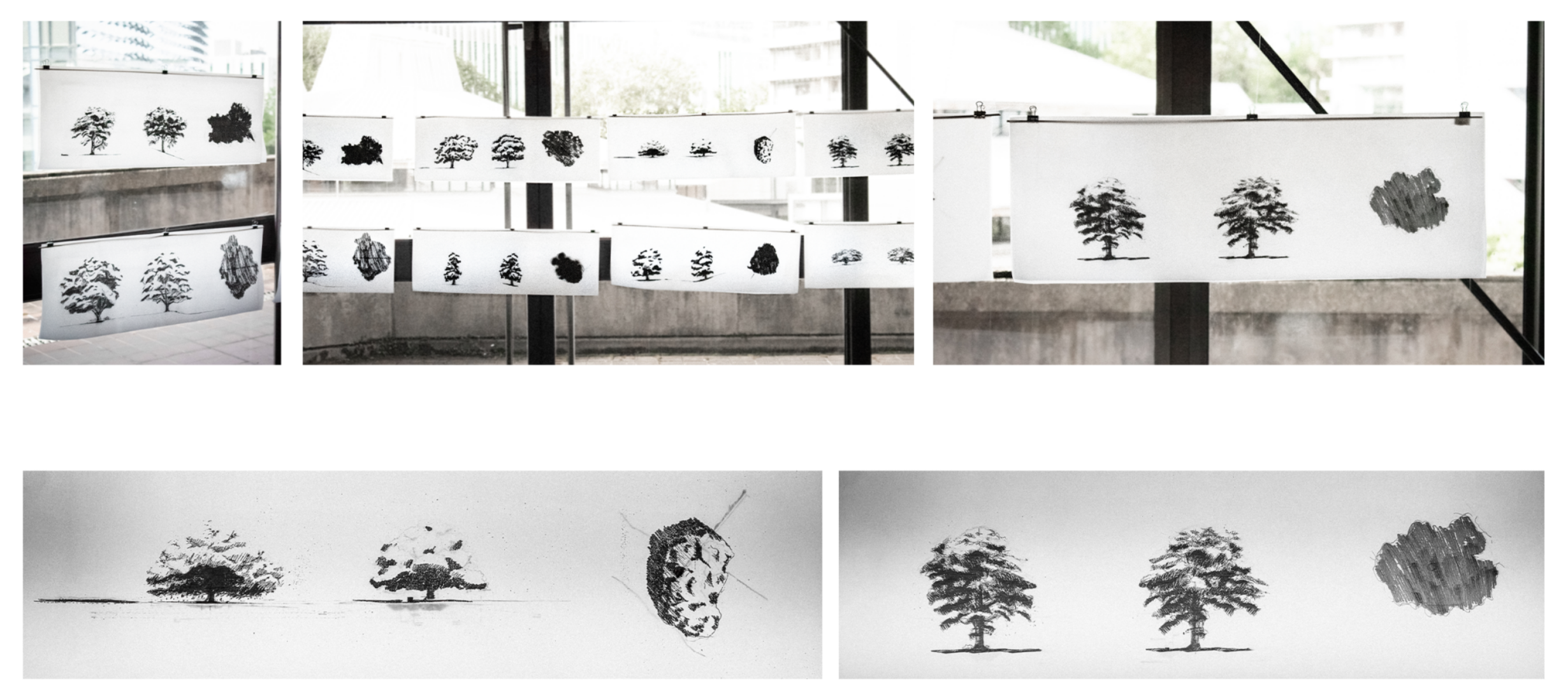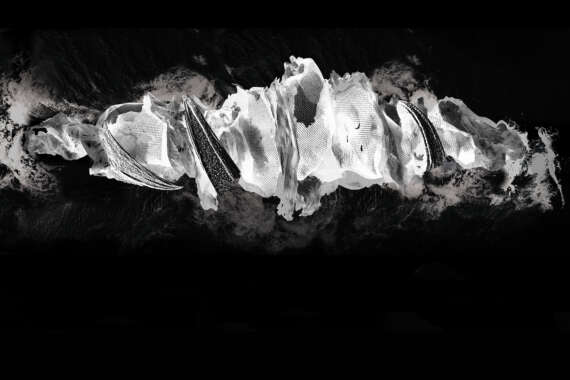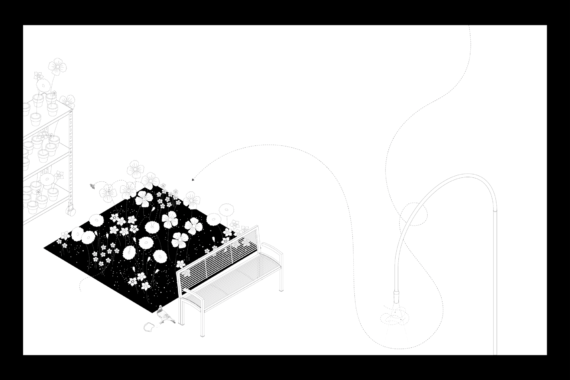The Shape of Void
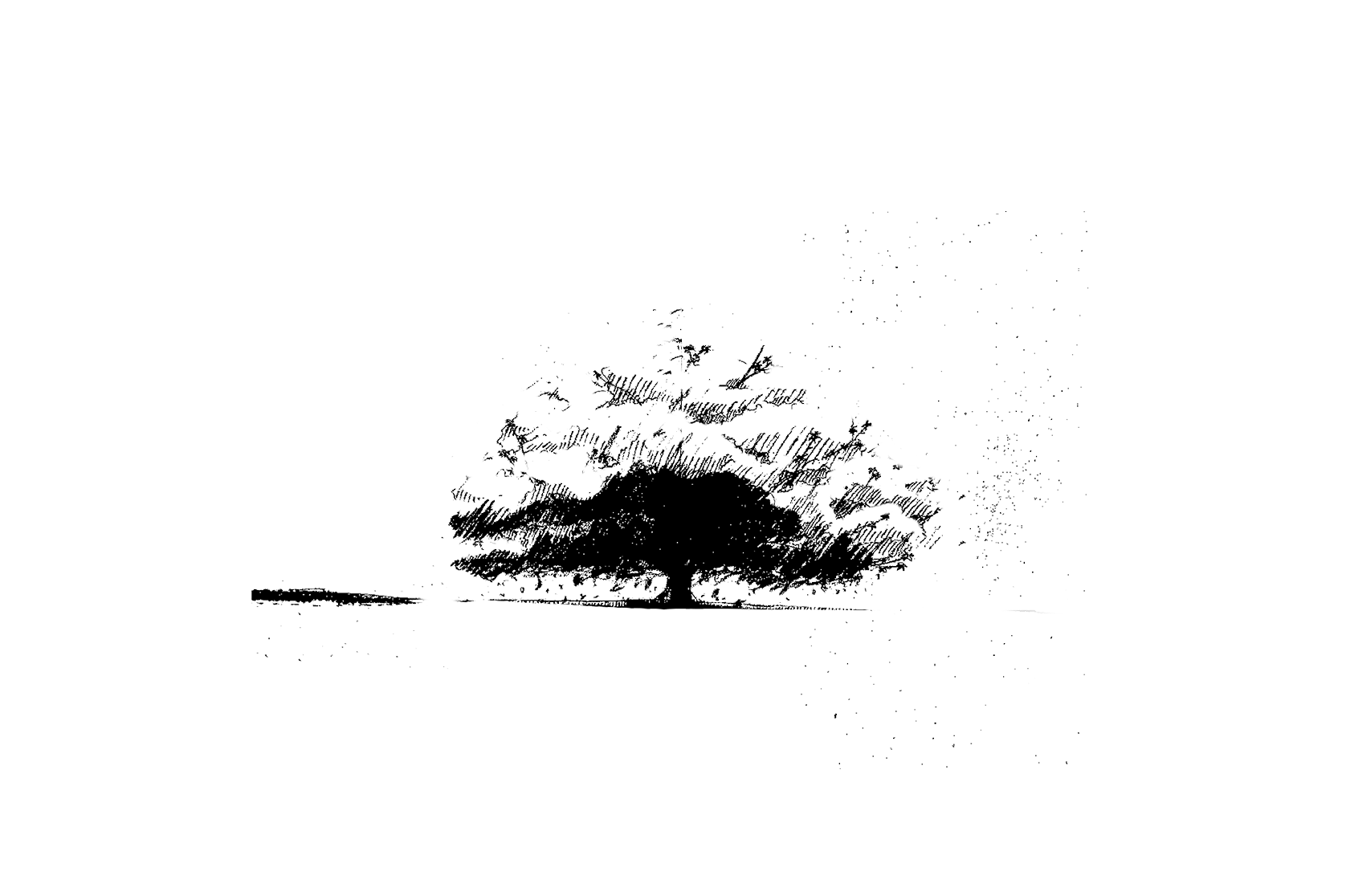
This thesis reinterprets the void — often seen as emptiness — as a realm of potentiality. It envisions spaces that embody the essence of Ma, offering retreats that contrast with the sterility of modern post-industrial liminal spaces, such as "junkspaces" or "terrains vagues". By creating spaces of rest and reflection, the thesis aims to foster deeper connections with nature, to create emotional resonances, and to provide a respite from the relentless pace of modern life.
This thesis contrasts the frenetic pace and distraction of urban environments with Ma, the Japanese concept denoting the restful 'interval' between spatial or temporal elements. According to Richard B. Pilgrim, Ma encompasses gaps, openings, pauses, and timing— manifested in spaces such as the intervals between walls or the rests between musical notes. Additionally, Ma carries a relational meaning, reflecting how people exist 'within, between, among, or in relationship to others. I make a connection between trees and Ma, identifying the space beneath trees as a profound representation of this concept. By focusing on protected trees in Auckland, I aim to emphasize their importance in creating peaceful, introspective environments, integrating Ma into architectural design to offer a fresh perspective on a human-scaled urban space.
This project intends to carve out moments of silence and reflection amid Auckland’s bustling midtown, by proposing a narrative in which a grandparent and grandchild navigate the city streets, discovering softness and pause in the shadowy voids under protected or significant trees. I propose a set of subtle interventions under and alongside these trees.







